This week’s puzzle started with a very puzzling picture—so puzzling it needed a second shot to clarify that it was in a tunnel. Even so, Jonathan L was sharp enough to jump to a correct conclusion, which he hinted to the crowd in a comment asking about zither music.

Yes, this is part of the Vienna sewer system, and scene of the climactic chase leading to the death of black marketeer Harry Lime (Orson Welles) in the post-war classic movie, The Third Man.
The movie takes place in occupied Vienna, split among the four allies in the months just after the war; when it was filmed in 1947, the destruction and tension were still visible. Directed by Carol Reed, and starring Joseph Cotton and Trevor Howard along with Welles, and with a screenplay by Graham Greene, it’s one of my favorites, and drew me (and my reluctant wife) onto the tour. The unaccompanied zither music, played by the master, Anton Karas, is the movie’s only music, and runs throughout the film. Click here and see if you don’t remember it! If not, there’s a great movie you need to see!
For the rest of the week, I’ve been doling out bits of Viennese scenery and history in hopes that more readers would put in an oar, especially in the past couple of days when two iconic Vienna buildings joined the mix. These are, of course, just little tastes of Vienna, like chocolate treats, the famous “Wiener Bonbons,” which also, because Vienna is the capital of the waltz, is the name of a famous waltz by, who else, Johann Strauss. You can hear it now, as Edward R. Murrow used to say.
In addition to the clue pictures, I’ve added a few more “Wiener Bonbons” at the end.
Like many cities, Vienna’s sewers are a mixture of purpose-built channels and rivers-turned-to-sewers. The Wien (Vienna) River took much of the sewage from the growing western districts, and in the early 1800s helped spread cholera epidemics. After that, a new sewer system was built, and the Wien roofed over to carry the collected waste to the Danube. That’s where we were on the tour.
Then we come to the next clue to Vienna—one of its most unusual rulers. Although the painting is an allegory of Habsburg Emperor Josef II’s reformist ideas (not only swords into ploughshares, but also advanced ideas for agriculture and more). Son of Maria Theresa and brother of Marie Antoinette, he’s ranked with Catherine the Great of Russia and Frederick the Great of Prussia as Enlightenment monarchs, but many of his reform ideas (which did NOT include democracy) ran into so much opposition that many were not fully implemented—especially his goal of making the landed aristocracy pay taxes.
Vienna’s oldest areas are “inside the Ring, a series of boulevards that circle the original city center along the Danube (now the Danube Canal; the river’s been shifted over). When the old city walls were pulled down in the 19th century to allow growth and modernization, the boulevards were built on their site, and the former defensive no-build zone facing them became available for parks and ornate government and cultural buildings. But off the major streets in the center, many smaller streets could be mistaken for centuries ago.
Only a few streets away from Vienna’s St. Stephen’s Cathedral, this smaller but quite impressive church is the Malteserkirche, the church of the Knights of Malta. The order has had a church on the site since 1217, but the present church was built in the mid-1400s, and has been re-styled and added to ever since. The order lost the church due to financial woes in 1933, but bought it back in 1960 and has restored it since. Note their symbol on the right-hand flag.
In the 19th century, Vienna was noted as a home of the arts and society, including the decorative arts and architecture. Near the end of the century, new styles came to the fore and new art movements. These changes can be seen in some of the stations built late in the century for Vienna’s new Stadtbahn, or city railroad. The Karlsplatz station, now a metro (u-bahn) station, was designed by Otto Wagner, an early Vienna advocate of Jugendstil, or “modern style,” contemporary with the work of Gaudi and others in Barcelona, of Guimard in France, and more. Modernizers, so to speak, wanted to demolish it in 1981, but it was saved by a public outcry.
And here is, perhaps, the headquarters of Jugendstil, the Vienna Secession. The Secession was an art movement, formed in 1897 by Klimt and others, who “seceded” from the dominant art styles of the time, in favor of the decorative, symbolic and colorful forms we associate with modernist movements in other countries at the time. Joseph Maria Olbrich, associate of Otto Wagner, built the Secession Building in 1897 for Klimt and others to show their work in, because they had no access to the traditional museums and galleries. It serves its original purpose today.
Vienna’s Rathaus, or Council House, is the seat of city and provincial government. It sits in its own park, outside the Ring facing in. It was built in 1872 as Vienna had just torn down the city walls and was expanding as a capital in both the physical sense, and in its last growth in power. Beneath it, the historic restaurant Wiener Rathauskeller. The building is in the midst of a long-term renovation to be finished in 2023, but a number of historic chambers have already re-opened.
The Kunsthistorisches Museum, literally a museum of art history, is actually the national fine arts museum, and one of the world’s most comprehensive. Along with its identical twin the Naturhistorisches Museum, it was built starting in 1872 as another of the monumental buildings facing the newly opened Ringstrassen. Both museums were initially stocked with the vast collections of the Habsburg royal family. The art museum also has some amusing statuary on the grounds and pediments. Only some of it is meant to be amusing…your call!
And the last bonbon, the church of Saint Francis of Assisi, built in 1898 to honor the 50th anniversary of the reign of Emperor Franz Joseph. The design, by Viktor Luntz, was the winner of a competition; I’m curious to find what the other choices were. It stands on what was then Archduke Karl Square, and has since been renamed Mexikoplatz in honor of Mexico having been the only country other than the Soviet Union to formally protest the annexation of Austria by Germany in 1938.
Of course, there's much more to Vienna than these few tastes. Preparing this report has certainly given me a renewed taste for some more Wiener Bonbons; fortunately I’ll be there in July to sample some more, and report them here.


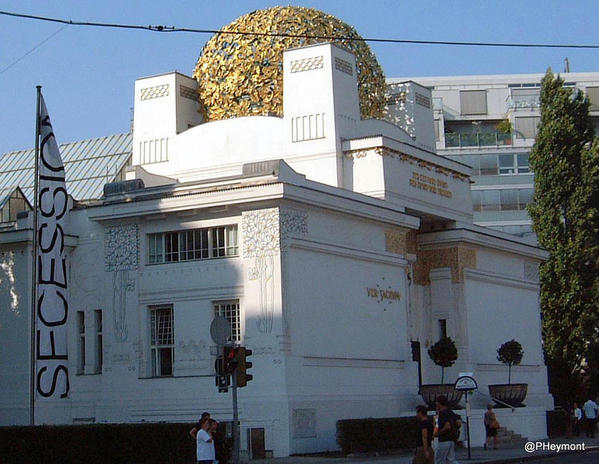
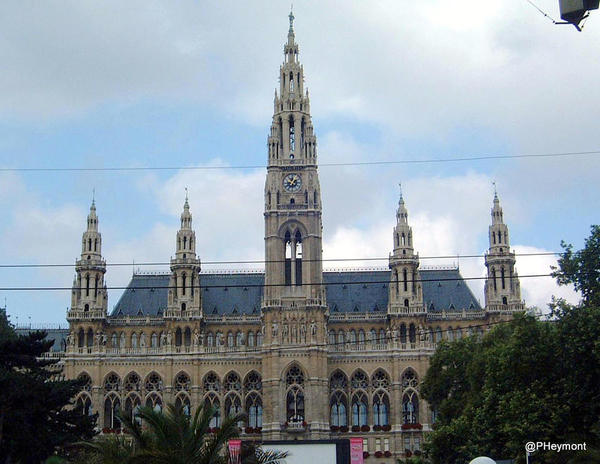
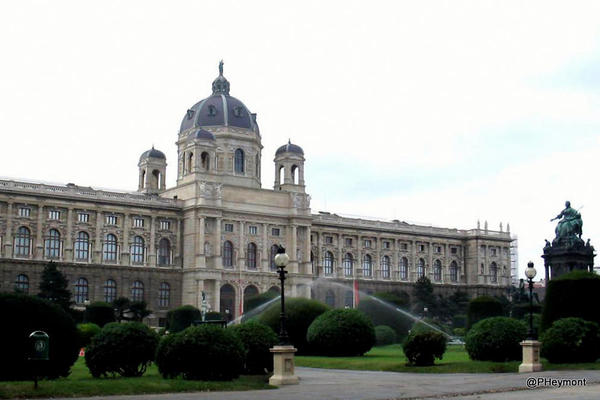
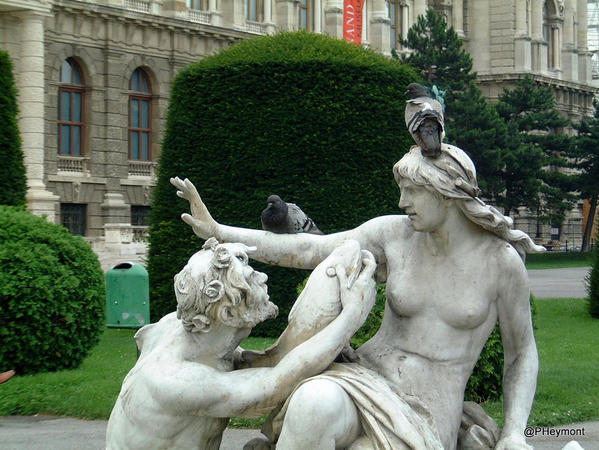
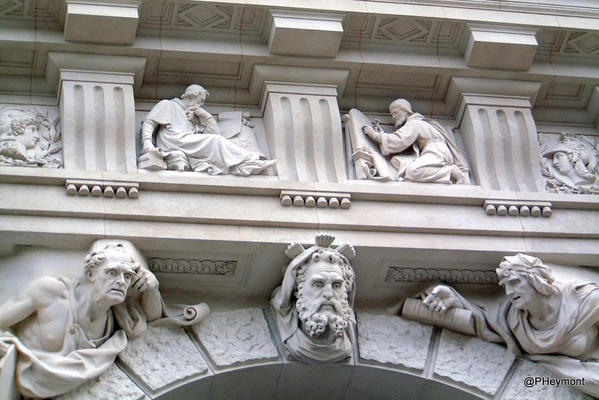

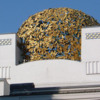





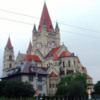
Comments (0)